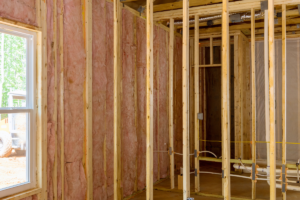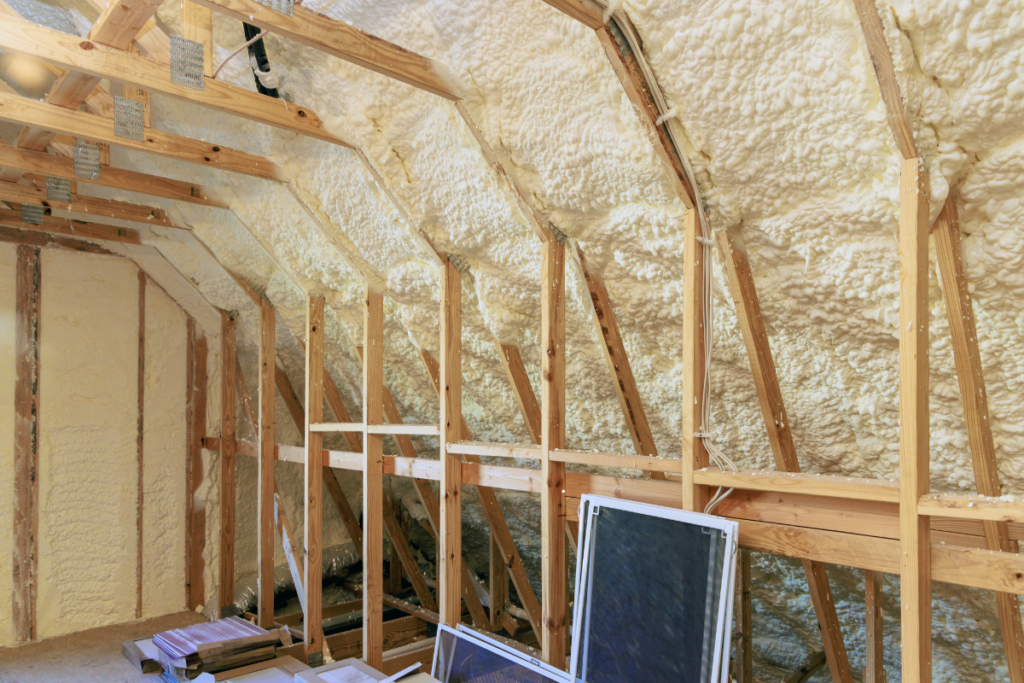 Introduction to Real estate thermal protection estimating
Introduction to Real estate thermal protection estimating
When it comes to real estate development and construction, thermal protection is a critical aspect that often goes unnoticed until issues arise. Thermal protection ensures that a building maintains a comfortable indoor environment, reduces energy costs, and minimizes the impact of external weather conditions. However, estimating the right level of thermal protection required for a building is not a straightforward task. This article delves into the intricacies of real estate thermal protection estimating, offering insights into the factors involved, the methodologies used, and the importance of accurate estimation in real estate projects.
Understanding Thermal Protection in Real Estate
Thermal protection in real estate refers to the insulation and materials used in a building to control heat transfer. The goal is to maintain a stable indoor temperature regardless of external conditions, which not only enhances comfort but also reduces the reliance on heating and cooling systems. Effective thermal protection can lead to significant energy savings, lower utility bills, and a reduced carbon footprint.
In real estate, thermal protection is particularly important in regions with extreme weather conditions, where the difference between indoor and outdoor temperatures can be substantial. By properly insulating a building, developers can ensure that it remains energy-efficient and sustainable over the long term.
The Importance of Accurate Thermal Protection Estimating
Accurately estimating the thermal protection needs of a building is crucial for several reasons:
- Energy Efficiency: A building with inadequate thermal protection will require more energy to maintain a comfortable indoor temperature, leading to higher energy bills and a larger environmental impact. On the other hand, overestimating thermal protection can result in unnecessary costs and materials.
- Occupant Comfort: The comfort of the occupants is directly tied to the building’s ability to regulate temperature. Poor thermal protection can lead to discomfort during extreme weather, affecting the quality of life for residents or the productivity of employees in commercial spaces.
- Cost Management: Thermal protection materials and installation can be costly. Accurate real estate thermal protection estimating ensures that developers budget correctly, avoiding overspending on unnecessary insulation or underinvesting in essential materials.
- Compliance with Regulations: Building codes and regulations often dictate specific thermal performance standards that must be met. Accurate estimation ensures compliance with these standards, avoiding potential legal issues or the need for costly retrofitting.
Factors Influencing Real Estate Thermal Protection Estimating
Several factors need to be considered when estimating the thermal protection needs of a real estate project. These include:
- Climate and Weather Conditions: The local climate is one of the most significant factors influencing thermal protection needs. Buildings in colder regions require more insulation to retain heat, while those in hotter areas need protection to keep the heat out.
- Building Orientation and Design: The orientation of the building (e.g., north-facing or south-facing) and its design can impact how much sunlight it receives and how heat is distributed. For instance, large windows on a south-facing wall can lead to significant heat gain, necessitating additional thermal protection.
- Building Materials: The type of materials used in the construction of the building plays a crucial role in thermal protection. For example, concrete and brick have different thermal properties than wood or steel. The choice of materials can affect how much insulation is needed.
- Insulation Materials: The type and quality of insulation materials used are critical to the building’s thermal performance. Common insulation materials include fiberglass, foam board, spray foam, and cellulose. Each material has its own R-value (a measure of thermal resistance), which needs to be considered during estimation.
- Building Size and Shape: Larger buildings or those with complex shapes may require more comprehensive thermal protection solutions. The surface area exposed to external conditions can vary greatly depending on the design, affecting the amount of insulation required.
- Windows and Doors: Windows and doors are typically the weakest points in a building’s thermal envelope. The type of glazing, the number of panes, and the quality of seals can all impact thermal performance and must be factored into the estimation process.
Methods of Real Estate Thermal Protection Estimating
Real estate thermal protection estimating can be approached in several ways, depending on the complexity of the project and the accuracy required. Some common methods include:
- Manual Calculation: For smaller projects or preliminary estimates, manual calculations can be used. This involves calculating the heat transfer through various building components (walls, roof, windows, etc.) and determining the required insulation based on R-values and local climate data.
- Software Tools: For larger or more complex projects, software tools are often used to model the building’s thermal performance. These tools can simulate different scenarios, taking into account various factors such as material properties, building orientation, and local weather conditions. This approach provides a more accurate estimate and allows for optimization of thermal protection strategies.
- Professional Consultation: For highly specialized or critical projects, consulting with a professional thermal protection estimator or engineer may be necessary. These experts can provide detailed analysis and recommendations based on advanced modeling techniques and extensive experience.
Challenges in Real Estate Thermal Protection Estimating
While estimating thermal protection is essential, it is not without challenges:
- Variability in Climate Data: Climate conditions can vary significantly, even within a small geographic area. Estimating thermal protection based on average data may not be sufficient, especially for projects with high-performance requirements.
- Material Variability: The thermal properties of insulation materials can vary depending on the manufacturer, installation quality, and aging. This variability can lead to discrepancies between estimated and actual performance.
- Evolving Building Codes: Building codes and standards related to thermal performance are constantly evolving. Estimators must stay up-to-date with the latest requirements to ensure compliance and avoid costly rework.
- Cost Considerations: Balancing cost with performance is always a challenge. Overestimating thermal protection can lead to unnecessary expenses, while underestimating it can result in long-term inefficiencies and higher operational costs.
Real estate thermal protection estimating is a critical aspect of building design and construction, impacting energy efficiency, occupant comfort, and overall project costs. By considering factors such as climate, building design, materials, and insulation, developers can accurately estimate the thermal protection needs of their projects. Utilizing appropriate estimation methods, whether manual, software-based, or through professional consultation, ensures that buildings are both comfortable and energy-efficient. As building codes and standards continue to evolve, staying informed and up-to-date with the latest trends in thermal protection is essential for successful real estate development
Are you looking for the best estimating services in USA?
Look no further than “https://zionestimating.com”
They are offering top-notch services like;
- Construction/cost estimation
- Budget planning
- Material takeoff
- Equipment estimation
and further more!!!
Here are some more information for your convenience:
Phone no. : +1 718-427-9941 || +1 562-383-6177
Email: [email protected]
Visit their blogs and site
https://zionestimating.com for the latest updates and service tips!
